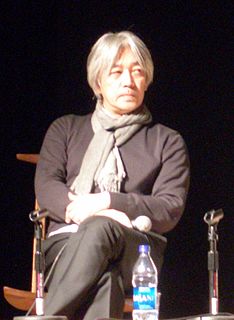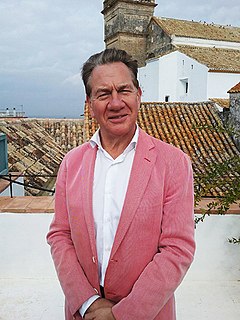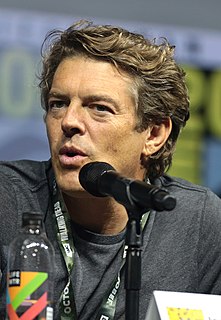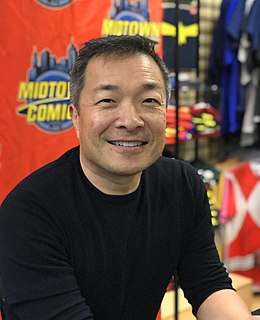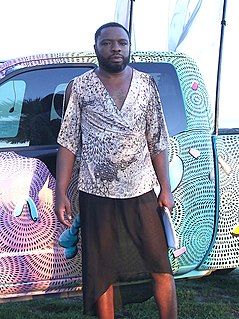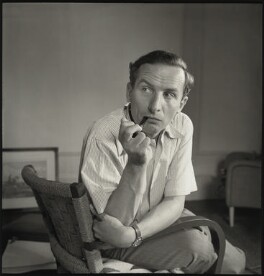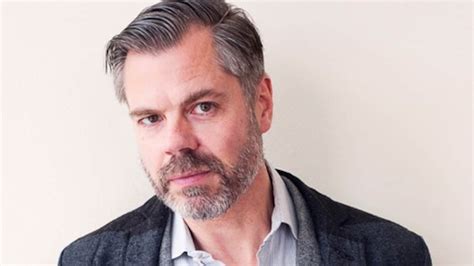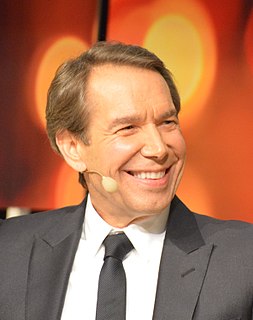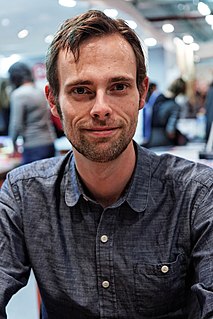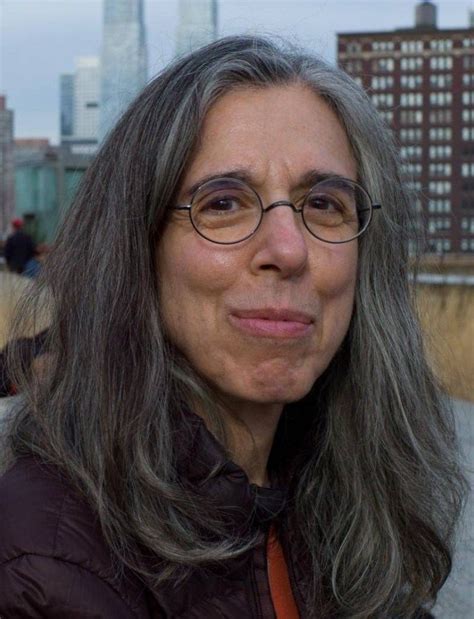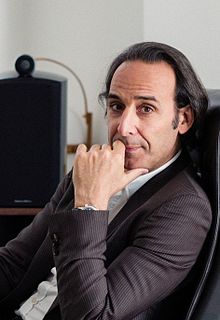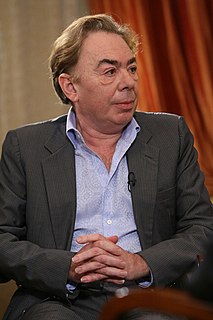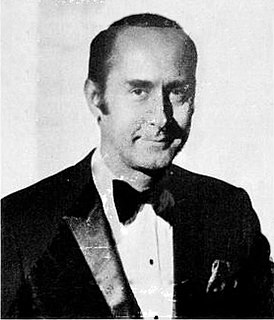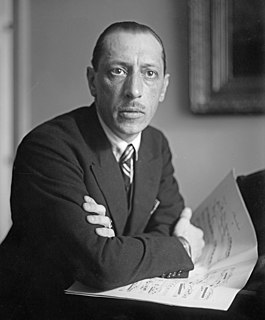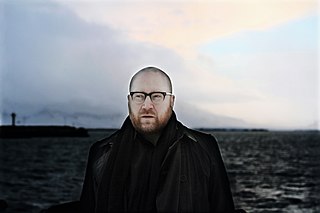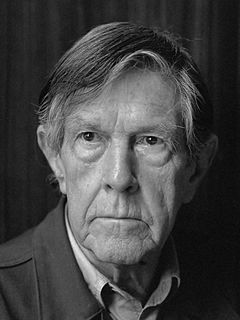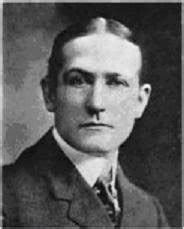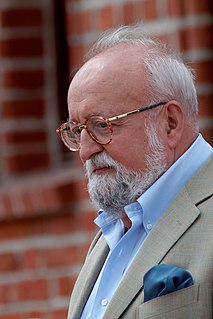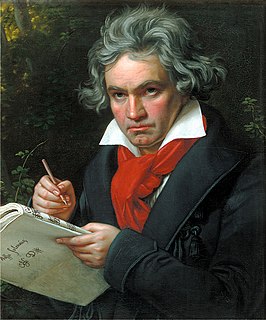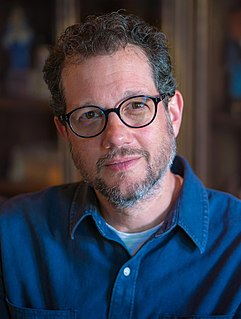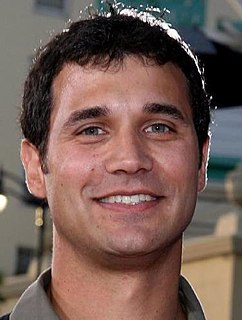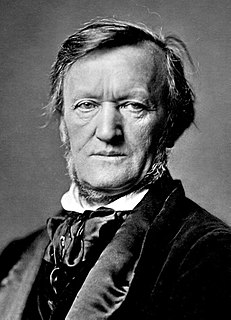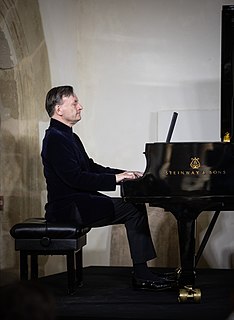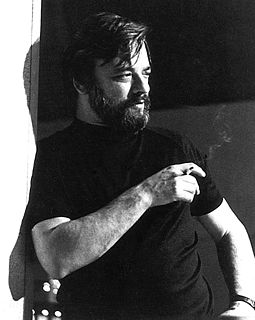A Quote by Ryuichi Sakamoto
Art is often defined as a famous masterpiece in a gallery, and we are meant to visit the work and view it to appreciate it. But that is not all there is.
Related Quotes
Some people are born to make great art and others are born to appreciate it. … It is a kind of talent in itself, to be an audience, whether you are the spectator in the gallery or you are listening to the voice of the world's greatest soprano. Not everyone can be the artist. There have to be those who witness the art, who love and appreciate what they have been privileged to see.
Growing up in the '70s and '80s when my dad had an art gallery, one of the things that frustrated me was the world seemed so tiny, and to appreciate contemporary art, you needed a history of art, a formal education. I was more interested in the people, and that's why I went into the movie business in the first place.
Now the work of art also represents a state of final equilibrium, of accomplished order and maximum relative entropy, and there are those who resent it. But art is not meant to stop the stream of life. Within a narrow span of duration and space the work of art concentrates a view of the human condition; and sometimes it marks the steps of progression, just as a man climbing the dark stairs of a medieval tower assures himself by the changing sights glimpsed through its narrow windows that he is getting somewhere after all.
One of the crucial underpinnings of New York as a culture capital is that there are multiple markets. There is not just one art gallery district, there are several art gallery districts. I feel that there should be art galleries and art studios in every neighborhood without exception. They should be integrated into the social and physical fabric of the streets. If we want a lively city, we can't just have high towers and dense constructions, we have to have living organisms of streets and neighborhoods. And the arts are a crucial part of that.
